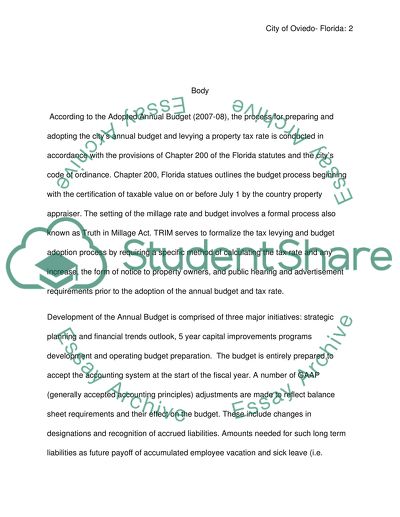Cite this document
(“Budgeting Procedures Essay Example | Topics and Well Written Essays - 2250 words”, n.d.)
Budgeting Procedures Essay Example | Topics and Well Written Essays - 2250 words. Retrieved from https://studentshare.org/miscellaneous/1529100-budgeting-procedures
Budgeting Procedures Essay Example | Topics and Well Written Essays - 2250 words. Retrieved from https://studentshare.org/miscellaneous/1529100-budgeting-procedures
(Budgeting Procedures Essay Example | Topics and Well Written Essays - 2250 Words)
Budgeting Procedures Essay Example | Topics and Well Written Essays - 2250 Words. https://studentshare.org/miscellaneous/1529100-budgeting-procedures.
Budgeting Procedures Essay Example | Topics and Well Written Essays - 2250 Words. https://studentshare.org/miscellaneous/1529100-budgeting-procedures.
“Budgeting Procedures Essay Example | Topics and Well Written Essays - 2250 Words”, n.d. https://studentshare.org/miscellaneous/1529100-budgeting-procedures.


